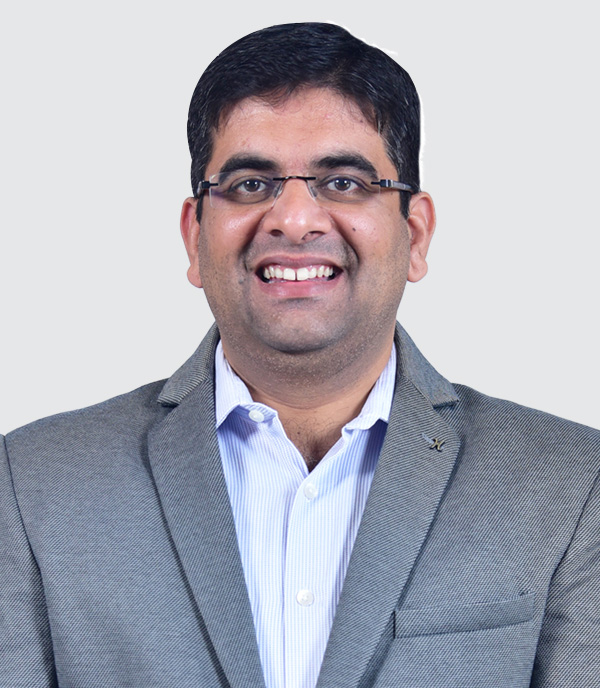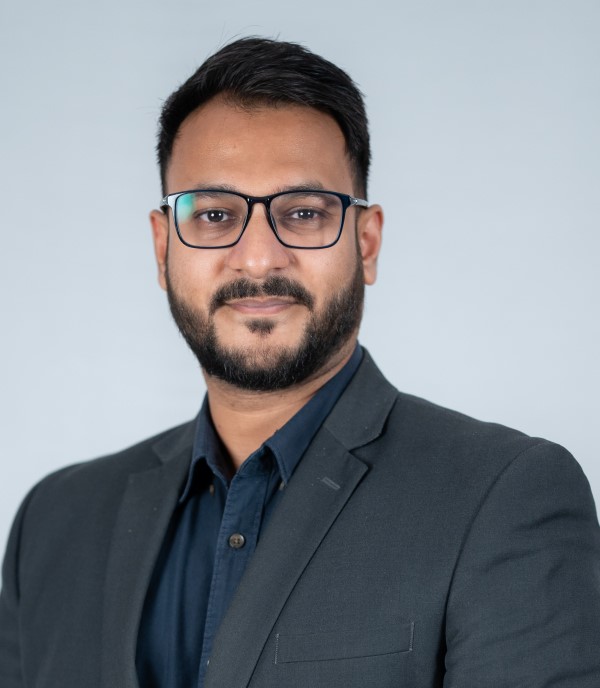Elderly care in India: The PMJAY perspective
 by Dr. Puneet Khanduja and Anirooddha Mukherjee
by Dr. Puneet Khanduja and Anirooddha Mukherjee Dec 9, 2024
Dec 9, 2024 4 min
4 min
MSC explains how Ayushman Bharat Pradhan Mantri Jan Arogya Yojana (AB-PMJAY) is impacting elderly care in India
Population aging is a global trend, with the number of people aged 60 and above increasing rapidly worldwide. India is also experiencing significant growth in its elderly population, a declining fertility rate (below 2.0), and rising life expectancy (over 70 years). Individuals aged 60 and above comprise just over 10 per cent of India’s population, around 104 million people. This figure will rise to 19.5 per cent of the total population by 2050.
The senior care system faces significant challenges due to the lack of a comprehensive, integrated policy for elderly care and support1. Key issues include inadequate infrastructure and capacity for elderly health and welfare, insufficient evidence-based resources for managing geriatric illnesses, and a fragmented social support system. Additionally, physical infrastructure is often inaccessible, and research and development are scarce. The rise of nuclear families has diminished traditional family support, while financial insecurity and vulnerability to financial abuse remain critical concerns. Digital inequalities, exacerbated by the COVID-19 pandemic, further complicate access to services. Moreover, there is limited awareness among seniors and caregivers about available welfare services. Currently, senior care primarily focuses on facility-based medical care, neglecting nonmedical and home-based care options.
The Ayushman Bharat story and how it impacts elderly care in India
The Ayushman Bharat Pradhan Mantri Jan Arogya Yojana (AB-PMJAY) has recently expanded its coverage to include all senior citizens aged 70 and above, regardless of their income. This significant policy change aims to enhance healthcare access for the elderly population in India, which is increasingly vulnerable due to age-related health issues.
The expanded scheme will provide annual free health insurance coverage of up to Rs 5 lakh per family for senior citizens aged 70 and above. This includes approximately six crore individuals from about 4.5 crore families. The coverage is designed to be utilized on a family basis, meaning that if there are multiple elderly beneficiaries in a household, the Rs 5 lakh limit will be shared among them.
Notably, nearly one-fourth (23.76 per cent) of all hospital admissions under the AB-PMJAY since its inception in 2018 have been for patients aged 60 or older.2 Out of the approximately six crore elderly individuals (70+ years) in India targeted for coverage under the Scheme, individuals aged 60+ years account for about 14 per cent of the total 350 million Ayushman cardholders.
However, health insurance coverage remains low among the elderly population in India compared to their Southeast Asian and European counterparts due to significant disparities in access, affordability, and comprehensiveness of healthcare services.
Ayushman Bharat Health and Wellness Centers (ABHWCs) cater to the healthcare needs of India’s elderly population by providing comprehensive primary care services, including preventive, promotive, curative, and rehabilitative interventions, with a focus on community-based care, regular health assessments, geriatric-specific training for healthcare providers, and smooth referrals to higher level facilities. These centers now rechristened as Ayushman Aarogya Mandirs (AAM), are also tasked with promoting health literacy, immunisation drives, and cost-effective services, particularly in rural areas, but face challenges in terms of limited awareness among seniors, infrastructure gaps3, and a need to prioritise outpatient care for chronic disease management in addition to hospitalisation.
Opportunities for total value unlock of AB-PMJAY
Despite the country’s expansion of PMJAY to the elderly population, there are several opportunities for unlocking the full value of the PMJAY scheme among the target beneficiaries. Awareness of the benefits of PMJAY among the elderly population remains a significant barrier. Access to mass media and digital platforms can be challenging for older adults, further complicating efforts to inform them about available health insurance options.
The existing healthcare infrastructure may struggle to accommodate the increased demand from an expanded beneficiary base. Smaller hospitals often operate on tight margins, and the influx of elderly patients requiring more intensive care could strain their resources. Ensuring adequate reimbursement rates that reflect actual costs incurred by healthcare providers is crucial for maintaining service quality.
Currently, the PMJAY primarily covers hospitalisation expenses but lacks provisions for outpatient care. Many elderly individuals require regular outpatient services for chronic conditions, which are not adequately addressed under the scheme. Expanding coverage to include outpatient services is essential for comprehensive geriatric care. The financial implications of expanding coverage to a larger population must be carefully considered. While the government has allocated funds for this initiative, ensuring timely payments to healthcare providers is vital to prevent disruptions in service delivery.
Most geriatric services are currently available at tertiary care hospitals, with limited outreach to rural areas where a significant proportion of the elderly reside. Training community health workers and enhancing primary healthcare services will be critical in addressing this gap.
While the expansion of PMJAY to include elderly citizens marks a significant step forward, several challenges must be addressed to unlock its full potential. Increasing awareness among low-income households, expanding outpatient coverage, ensuring adequate reimbursement rates, and timely claim settlements are essential for sustainable healthcare delivery. Additionally, strengthening geriatric care infrastructure, particularly in rural areas, and enhancing the training of healthcare professionals will be key to meeting the growing needs of India’s aging population.
References
1. Senior Care Reforms in India: Reimagining the Senior Care Paradigm, a Position Paper by NITI Aayog
2. Calculated from NHA AB PMJAY Dashboard
3. AB HWC Assessment Report 2022, MoHFW
This article was first published in Express Healthcare on 8th December 2024.
Written by

Dr. Puneet Khanduja
Associate Partner
Leave comments